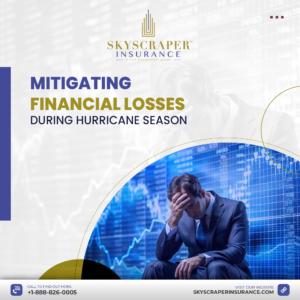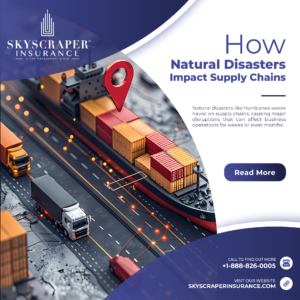Longer-distance driving and road trips might be propelling some of the gains in miles driven.
Riskier early morning commutes and late-night driving saw see fewer miles year-on-year. This could be a positive for road safety as early morning commutes see heavy congestion, while late-night driving is accompanied by poorer visibility, Metromile reported.
During March, miles driven by U.S. motorists increased 20% month-on-month and 19% compared with the year prior, according to Metromile, which noted traffic is still below pre-pandemic levels.
Drivers in Illinois and Washington state increased miles driven the most at 29% and 30%, respectively. This might be due to people resuming commutes as large employers in both states reopen offices. This trend was seen in the Seattle area, as many large tech companies encouraged employees to return to offices at the end of the month, the pay-per-mile auto insurer reported.
While some are resuming their commutes, others are working with hybrid schedules. This is leading to a notable shift in traffic patterns, as mid-day and afternoon rush hour timeframes saw an increase in motorists during the first quarter.
Conversely, more risky early morning commutes and late-night driving saw fewer miles year-on-year. This could be a positive for road safety as morning commutes see heavy congestion, while late-night driving is accompanied by poorer visibility, Metromile noted.
Road tripping resumes
Longer-distance driving and road trips might be propelling some of the gains in miles driven. Highway driving, which Metromile calculates by looking at miles driven at 60 mph or faster, was up considerably during the first half of 2021. Drivers spending in excess of 120 minutes in their cars traveling between 60-75 mpg increased 25%, while motorists moving at 75 mph (or faster) for 120 minutes or more increased 64%, the insurer reported.
Removing speed from the equation, Metromile found its customers nationwide took 14% more trips to new locations that were farther than 75 miles away.
High-speed driving is commonly seen in trips lasting more than two hours. However, the same is also true for short trips, those running 15-30 minutes. Although speeding at 75 mph was up 74% from January to March, Metromile reported that speeding has decreased 32% during 2021′s first quarter compared to the year prior.
Looking ahead, changing social trends such as increased remote work and growing household numbers in suburban and rural areas could accelerate these changes or result in new driving patterns, according to Metromile.




